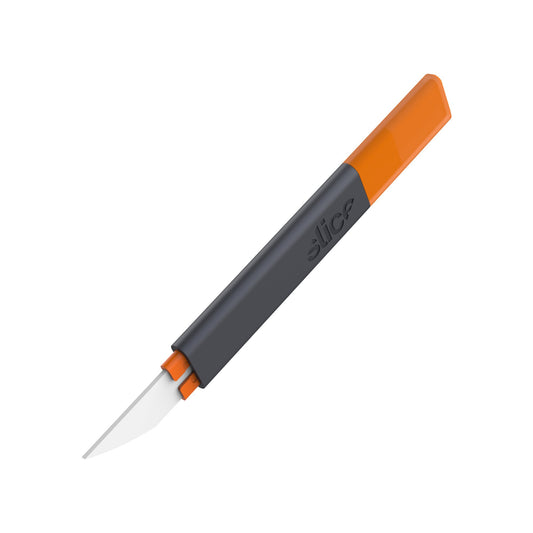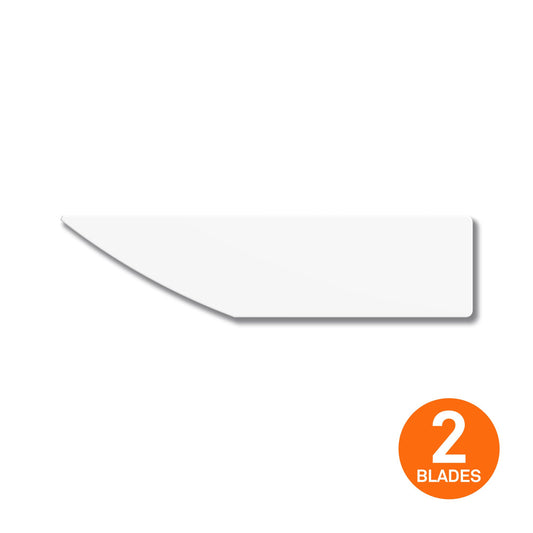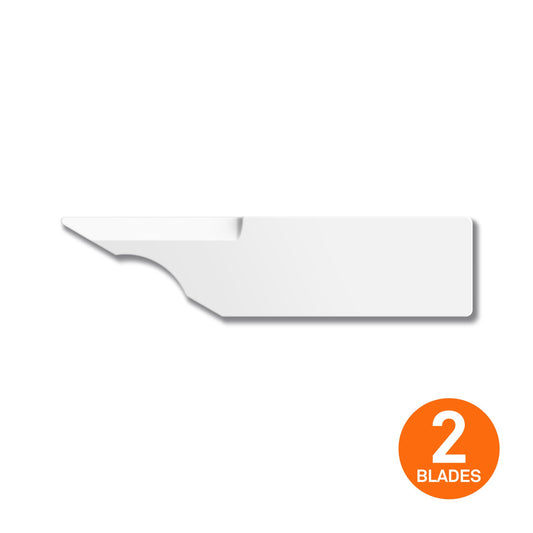Deburring Tools for Plastic
Deburring tools for plastic are used in the finishing stages of manufacturing for millions of products, from medical devices and apparatuses to children’s toys and everyday-use home goods. Burrs, remnants of manufacturing processes such as injection molding, create a rough or unfinished appearance to plastics that must be removed to enhance safety and usability. They are often formed when a machine grinds, cuts, drills, or mills a plastic component. Roll-over burrs, tear burrs, cut-off burrs, and poisson burrs are common forms that need to be removed. To do this successfully, you must utilize plastic deburring tools.
The Need for Deburring Tools
Deburring tools for plastic are used in both large and small scale productions. For example, plastic doll companies require them to ensure that their final products come out flawlessly. These same tools are also becoming more popular for small batch prototypes and orders, largely due to the rise in 3D printer popularity, creating smoother results with sharper edges. While larger manufacturers may utilize expensive and complex cryogenic or mechanical deburring processes, the most common method for plastic deburring is doing it manually, using a hand tool. Here are some of the best tool options to consider for this task.
#1—Scraping Tools
Probably the most widely used category of plastic deburring tools are those which use some sort of a blade edge to remove unwanted burrs. Because this style of tool generally has a tapered tip, it can more easily reach places that others might not. Small holes, odd angles, slotted components, or even narrow notches all can typically be deburred successfully using a scraping tool. Additionally, deburring tools within this group may have different blade choices, such as a convex blade for straight edges or a concave blade to tackle curves and holes. Advanced ceramic blades work best when deburring plastic, as they are much harder than metal and their blades are therefore better suited for smoothing out rough edges.
#2—Filing Tools
Deburring files are generally flat tools that have grooves or ridges along their surfaces, and they work to rub off the burrs found on plastics. The benefits of a file tool include their low cost and they are relatively easy to use. While deburring tools for plastic parts are effective, the downside of a file tool is that it really only works well if the surface is large enough for the file to make good contact with it. Flat, straight surfaces, or larger hole openings such as PVC pipe, will typically be a good fit for this tool.
#3—Sanding Tools
Another common choice for plastic deburring is a tool that uses a rough, sandpaper surface to remove the burrs. This could be a flat sanding block style tool, a belt style sanding tool, or even a small sanding bit tool. Sanding tools are most beneficial when working with plastics that have extremely small and fine burrs. The sandpaper grit count can be chosen based on the plastic burrs that will be removed, making it quite versatile. However, if the burrs to be removed are larger and more stubborn, they may not remove as easily and can quickly wear down the sandpaper surface.
#4—Countersink Tools
Considered a bit more of a speciality deburring tool, the countersink style is designed primarily for getting out burrs that lie inside of drilled holes and as a deburring tool for plastic pipe with small diameters. Most tools within this category will essentially consist of a countersink bit mounted into a handle. Countersink deburring tools are often very easy to use and not usually costly, but they are quite limited on what burrs they can be used to remove.
The Best Deburring Tools For Plastic
Knowing which deburring tool is best will mostly depend on the type of plastic deburring you will be doing. If you are only deburring around drilled holes, for example, then a countersink tool may be your best option. Alternatively, if you are just learning how to deburr plastic or want a tool that is able to tackle a wide range of deburring functions, then you may want to opt for one within the scraping tool category. When making your final decision, also take into consideration the quality of materials and overall workmanship of the tool. Deburring tools for plastic parts may cost a little extra, but it will usually be easier to use and last longer too.



